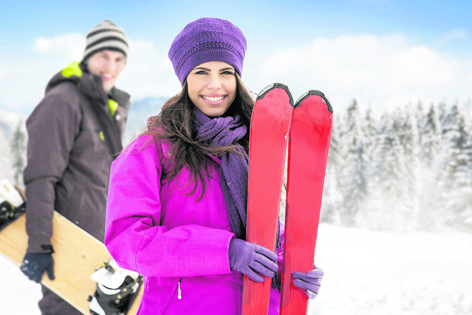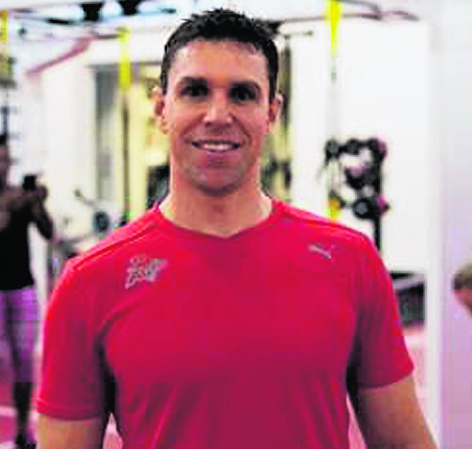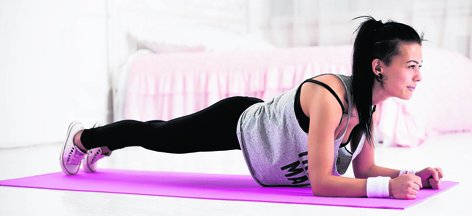If you’re lucky enough to be heading off on a ski holiday – or just up to the Scottish slopes – you’ll want to make the most of those precious few days in the mountains.
Doing a little bit of fitness prep, even if you only start a couple of weeks beforehand, can go a long way towards ensuring maximum enjoyment and minimum injury on the snow.
Here, James Trevorrow, Virgin Active’s national product innovation manager, shares his top tips for ski fitness…
FOR HIPS
As your feet are fixed in one position when skiing, it’s important that hips are mobile and flexible. Working on increasing mobility across all planes of movement within the hips will really help when it comes to those parallel turns.
Step forward into the lunge position. Maintain your balance, keep feet locked to mimic skiing, and knees soft. Alternate between moving hips forwards and backwards, and side to side. Keeping the hips forward, twist the upper body from left to right, lowering it down towards the hips on each turn.
FOR THIGHS
When skiing, you load, unload and hold significant weight on your legs. Leg-strengthening workouts are a great way to prepare for such endurance, and will help to prevent the dreaded burning sensation when you’re mid-way down that red run!
Wall squats are fantastic preparation for skiing – start with 30 seconds and work up, adding weights as you go. Also add the following into your gym routine: rotation squats with dumbbells, lunges, step-ups and bike intervals.
FOR UPPER BODY
The core is essential for balance on the slopes, while upper back and arm strength is key for pushing yourself along with poles on flat stretches (you’ll thank me for this later…)
A great all-rounder exercise here is the plank. Incorporate leg raises – bringing your knee to chest while in the plank position. Also work on your press-ups, and tricep dips.
FOR THE KNEES
Ski-ing can be a bit of an assault on the knees, so give them some attention. Building knee strength and flexibility will really aid you on the mountains, while incorporating some balance training’s been shown to help reduce risk of injury.
Build strength with leg extensions, and work on balance by standing on one leg while doing bicep curls. Work on flexibility by using a foam roller on the entire leg, from the glutes, down the hamstrings and calves, up the inner leg, and over the quads.
FOR CARDIO
To prepare for a full day on the slopes, it’s important to build cardio training into your workouts. Running and cycling are great and will help with overall fitness – meaning lower overall fatigue, higher endurance levels and increased capacity to ski all day!
REST, RESTORE, RECOVER
“Ski-ing’s a fantastic full-body workout, so long days on the mountains will likely leave you with some muscle soreness,” says professional British skier and Neat Nutrition ambassador Charlie Raposo. “To keep going all week, help your muscles recover each evening.”
Here are Raposo’s top five recovery tips:
1. After a day on the slopes, a dip in the pool feels fantastic. A few lengths will stretch you out and encourage blood-flow to muscles, reducing pain.
2. I drink a Neat Nutrition whey protein shake after my last run of the day, to give muscles a quick recovery hit. Protein-rich meals will help keep you going too.
3. Don’t go too hard on the apres-ski. Alcohol dehydrates, which will make you feel so much worse. Glug plenty of water throughout the day too.
4. Foam rolling and stretching are a daily must for me. It may feel tender, but your muscles will thank you the next morning.
5. Get plenty of sleep; it’s key for speedy recovery.


